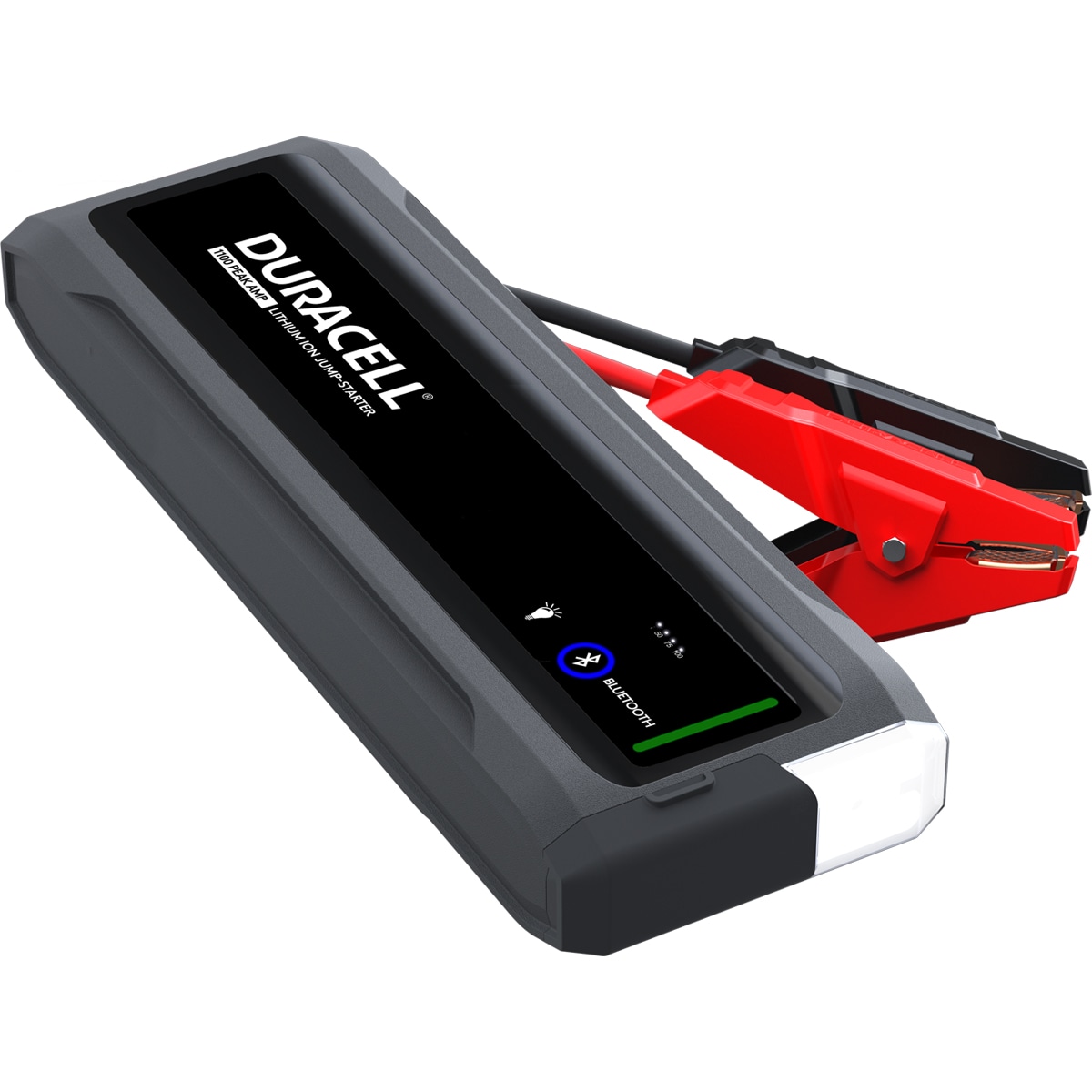

Some customers perceive odd value prices like this as being more attractive. Using the retailer's tactic of selling products for $9.99 instead of $10 can be useful if price is an essential part of customers' buying decisions. If you discount too much, customers may question your full-rate pricing or see you as a cheap option, making it difficult to charge full-rate prices in the future. You should be able to make these more profitable through lower costs.īut be careful. This could be a clearance discount to sell old stock, a discount for making multiple purchases of the same or similar products, or you could offer bulk discounts to encourage larger orders. Offering specially-reduced prices can be a powerful tool. Different pricing tacticsĭifferent tactics can help you attract more customers and maximise profits. See the page in this guide on covering fixed and variable costs. Whatever prices you set, check that they cover your costs and can deliver a profit. See the section below on different pricing tactics. You can also use pricing tactics to attract customers. One-off sales may cost you more than repeat business. Bear in mind that customers who are expensive to satisfy will be less profitable, unless you charge them higher prices. to customers who purchase repeatedly, or buy add-on or related products, as a thank you for their loyalty. It can be useful to charge different prices to different customers, e.g. This might encourage customers to buy from you - or it might deter price-conscious customers. In many markets, a high price contributes to the perception of your product as being of premium value. The perception of your product or service is also important. If you price too high, you will lose customers, unless you can offer them something they can't get elsewhere. If you price too low, you will just be throwing away profit. It's probably unwise to set your prices too much higher or lower without a good reason. If you phone your rivals and ask them for a quote, you can use this information as a framework. It's important to find out what your competitors offer and what they charge. You need to decide whether to use cost-plus or value-based pricing. While this approach can prove very profitable, it can alienate potential customers who are driven only by price and can also draw in new competitors. If you have clearly-defined benefits that give you an advantage over your competitors, you can charge according to the value you offer customers. Value-based pricing depends on the strength of the benefits you can prove you offer to customers. This focuses on the price you believe customers are willing to pay, based on the benefits your business offers them. And hidden costs are easily forgotten, so your true profit per sale is often lower than you realise. It is generally more suited to businesses that deal with large volumes or which operate in markets dominated by competition on price.īut cost-plus pricing ignores your image and market positioning. This is usually expressed as a percentage of the cost. This takes the cost of producing your product or service and adds an amount that you need to make a profit. The best choice depends on your type of business, what influences your customers to buy and the nature of your competition. There are two basic methods of pricing your products and services: cost-plus and value-based pricing. if more or fewer than 80 cars are sold, profits are correspondingly higher or lower.selling cars at $24,000 results in a profit, assuming 80 cars are sold (80 contributions of $6,000 = $480,000, i.e.selling cars at $23,000 results in breaking even, assuming the target 80 cars are sold (80 contributions of $5,000 per car = $400,000, i.e.selling 80 cars at $18,000 means a loss of $400,000 per year as none of the fixed costs are covered.

if the car dealership sells cars at less than $18,000 (the variable cost per car), it makes a loss on each car it sells and does not cover any of its fixed costs.


 0 kommentar(er)
0 kommentar(er)
